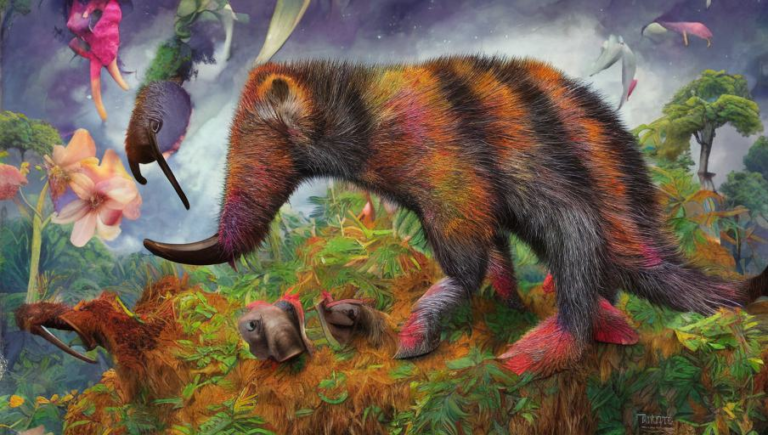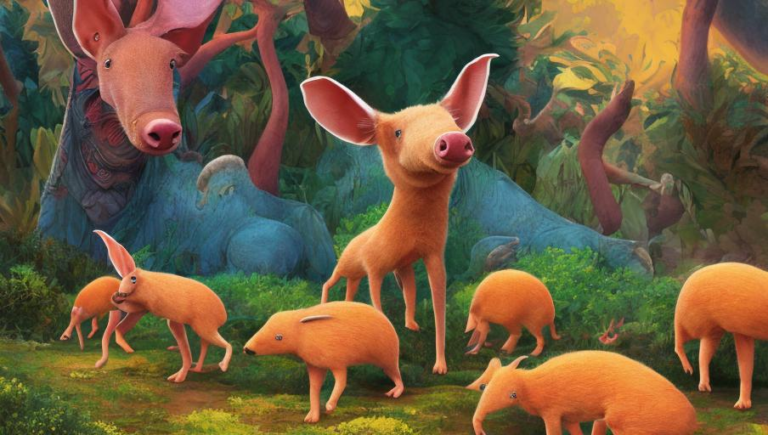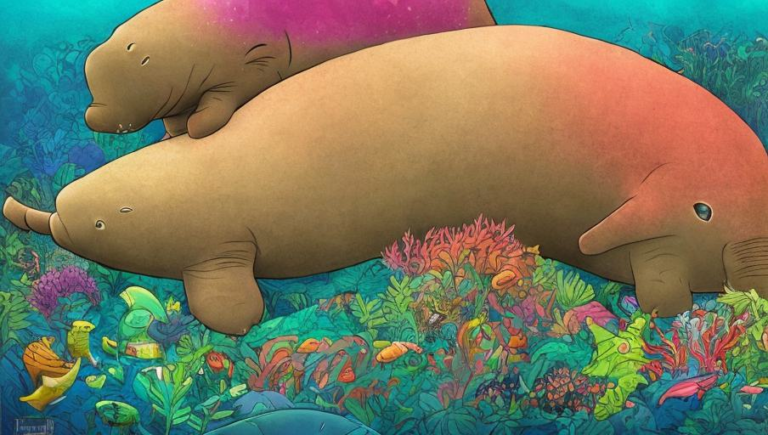Rehabilitating Dolphins in Captivity

Introduction
Dolphins are highly intelligent creatures that are found in many of the world’s oceans. They are mammals and are closely related to whales and porpoises. Dolphins are social animals, living in groups called pods, that often work together to hunt and survive. Unfortunately, some dolphins are kept in captivity and are unable to live the life they deserve.
Captive Dolphins
Captive dolphins are often taken from their natural environment and kept in tanks for human entertainment. This practice is typically done for tourist attractions, such as marine parks, zoos, and aquariums. In some cases, dolphins are even kept in private homes. While captive dolphins may seem happy and content, they are often living in captivity with limited space and social interaction. This can lead to a decrease in their physical and psychological health.
The Rehabilitation Process
Rehabilitating a captive dolphin is a complex process that requires specialized care and resources. The most important step is to create an environment that is as close to their natural habitat as possible. This includes providing them with ample space, plenty of activity and stimulation, and social interaction with other dolphins. Additionally, providing them with a healthy diet and regular medical check-ups is essential for their rehabilitation.
The Challenges of Rehabilitation
Rehabilitating a captive dolphin is no easy task. While dolphins are incredibly intelligent creatures, they can also be quite challenging to work with. It is important to create an environment that is both comfortable and stimulating for the dolphins. Additionally, it is essential to provide them with the proper nutrition and medical care to ensure they are healthy and happy. Finally, it is important to provide them with the opportunity to socialize with other dolphins, so they can establish relationships and build trust.
The Benefits of Rehabilitation
Rehabilitating a captive dolphin can be a rewarding experience for both the dolphins and the people involved. Rehabilitation allows dolphins to live in a healthier and more natural environment, and it can also provide them with the opportunity to re-establish relationships with other dolphins. Additionally, it can provide the people involved with a sense of satisfaction and accomplishment. Rehabilitating dolphins also has the potential to help raise awareness about marine conservation and the importance of protecting wild dolphins.
Conclusion
Rehabilitating dolphins in captivity is a complex and challenging process, but it is also highly rewarding. It provides dolphins with the opportunity to live in a healthier and more natural environment and can also help to raise awareness about marine conservation. With the right resources and dedication, captive dolphins can be successfully rehabilitated and given a second chance at life.





